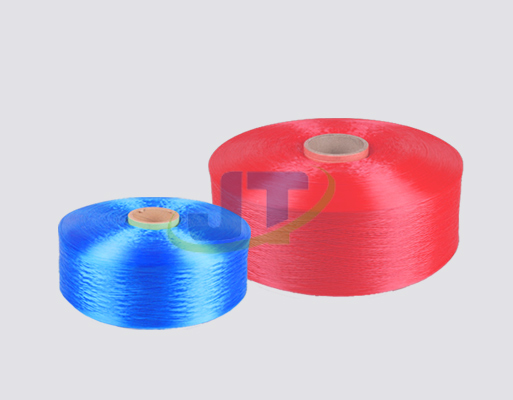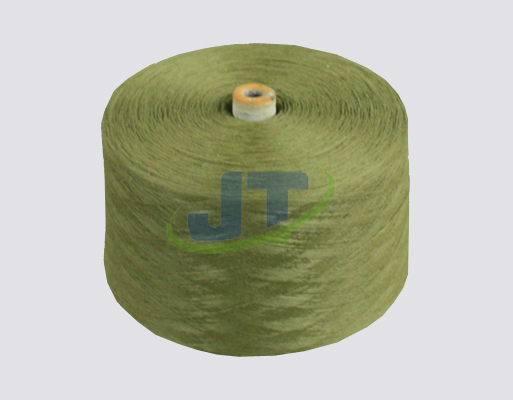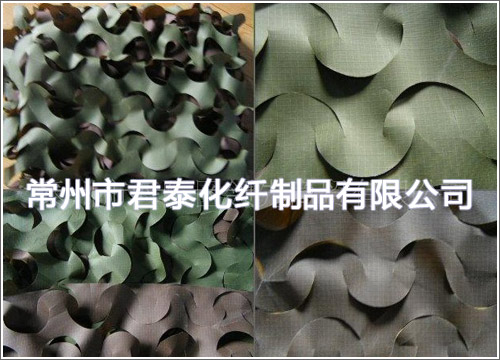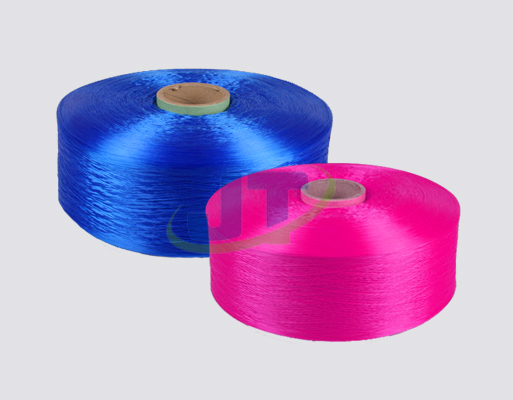

- Tel:0086-519-83783531
- cel:0086-13961177625
- E-mail:jianglijing1022@126.com
- add:cheng zhang Jia zeTown Wujin District, Changzhou City, Jiangsu Province
Although according to the latest data released by the General Administration of Customs on July 13, in dollar terms, China's cumulative textile and apparel exports in the first half of the year were 142.68 billion US dollars, down 8.3% year-on-year, and the overall performance was less than the national trade in goods exports. In June, textile and garment exports showed a double-digit decline again after May, down 14.3%. In the current key market demand contraction, the outflow of orders, textile and garment exports are facing a difficult climbing stage.
But according to the latest global textile industry survey conducted by the International Textile Manufacturers Federation (ITMF) in July 2023, despite the continued unfavorable situation, the global textile industry is still showing signs of improvement. The survey shows that an increasing number of companies have successfully adapted to the challenging business environment, leading to improvements across the globe.
Regional analysis: Asia continues to struggle and South America rebounds
The survey's regional analysis shows that Asia is the region facing the most severe difficulties, while South America has made a significant return to positive operating conditions. Expectations for global business have remained unchanged since March 2023. However, optimism remains high in all regions, with the exception of East Asia where concerns remain.
Segmentation trends: Weavers, printing and dyeing and finishing sectors all reported negative expectations
According to the survey, textile mills, printing and dyeing and finishing departments all reported negative expectations. Despite a slight increase in order volumes in July 2023, the survey reported negative order volumes across all regions and regions. Although there was a marked improvement for apparel, home textiles and technical textile producers, the overall situation remained negative. It is worth noting that the number of unfilled orders has reached the lowest level since the survey, with only South America and technical textiles showing growth.
Capacity Utilization and concerns: The industry is facing challenges on multiple fronts
Capacity utilisation has fallen to its lowest level since the survey began. Asia and Europe have seen a steady decline since 2021, with home textiles and technical textile producers also seeing declines recently. The main global concern in July 2023 is weak demand, followed by rising raw material prices due to inflation, geopolitical issues and rising energy prices. However, some positive signs include the fact that logistics, energy and raw material costs have fallen in recent months and that geopolitical issues have not come to the fore further.
Inventory levels and order cancellations: A silver lining in the challenge
Globally, the number of order cancellations remains relatively low due to average or low product stock for most companies in the textile supply chain, making cancellations obsolete. Notably, 96 percent of apparel manufacturers also reported average or low inventory levels, with cotton mills, weavers and fiber producers having the highest inventories. The ITMF survey shows that the global textile industry is recovering and companies have adapted to the challenging environment and improved. However, challenges remain, especially in certain regions, while concerns about weak demand and other external factors continue to impact the industry's trajectory
- Analysis of the Production Proce
- The global oil trade is shifting
- Let's take a look at the diversi
- China is directly facing the imp
- What are the core advantages of
- In November, the decline in Chin
- What is the value of Polypropyle
- The 2025 Textile Industry Discip
- The core performance advantages
- Black Friday is becoming a perfo




